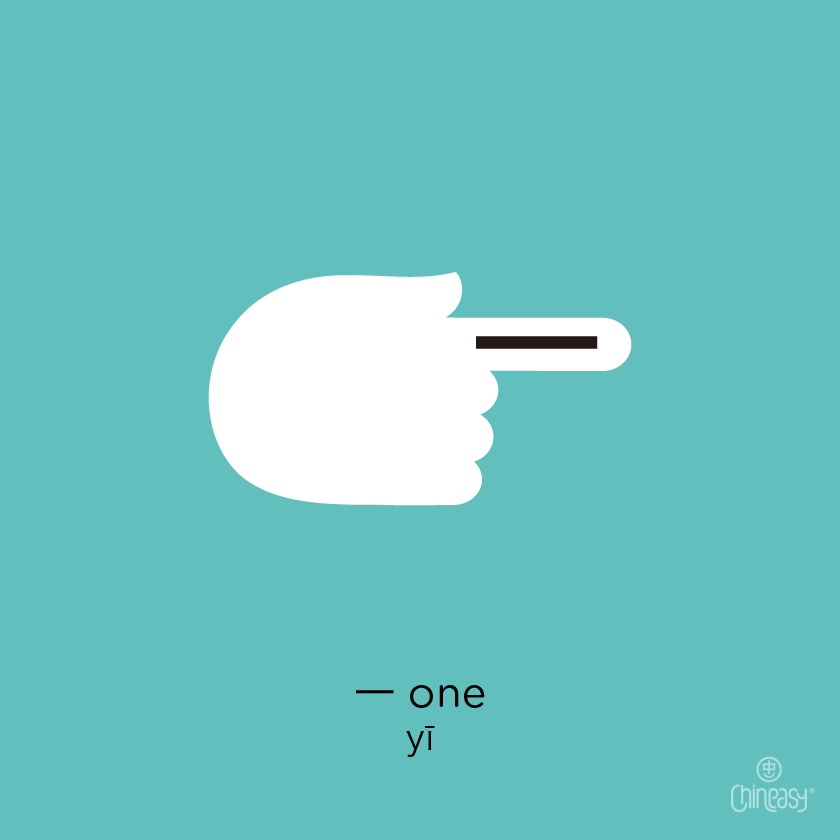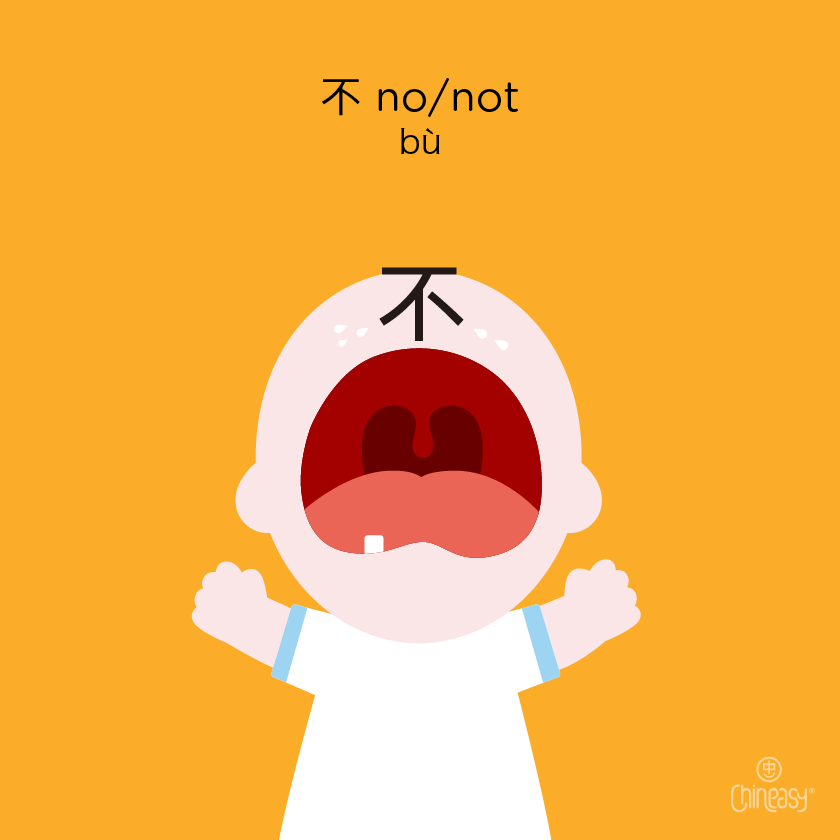Struggling with tone changes in Mandarin? Wondering why tones suddenly shift when you’re just getting the hang of them?
These tone change rules can seem tricky at first, but they’re essential for making Chinese sound more natural and smooth. If you’ve ever felt confused, don’t worry—we’re about to break down these rules in a way that’s easy to follow.
Let’s dive into five key tone change rules that will help you speak Mandarin more confidently!

Why Do Tone Change Rules Exist
Tone change rules in Mandarin didn’t just appear out of nowhere—they have roots in the language’s history and evolution. Chinese is a tonal language, and early speakers needed ways to express meaning clearly and fluidly in conversation.
Historically, during the early stages of Chinese language development, there were fewer characters and less complexity in phonetic variations. As the language evolved, especially during the Tang and Song dynasties, the tonal system became more refined, and the rules for tone changes (known as tone sandhi) began to emerge.
In particular, these changes served a key function: they simplified pronunciation in everyday speech. Without tone change rules, certain tonal combinations would sound awkward or difficult to articulate quickly, leading to inefficiencies in communication.
For example, the 3rd tone (which is a low tone) can feel heavy and cumbersome when repeated back-to-back. Over time, the language adapted by altering how tones interact with each other to avoid such clunky patterns. Tone changes became essential to create a balance between clarity and ease of pronunciation in spoken Chinese.
The 3rd Tone Change Rule (Third Tone Sandhi)
One of the most important and common tone changes happens with the 3rd tone. Normally, the 3rd tone is a falling-rising tone, but when two 3rd tones occur together, the first 3rd tone changes into a 2nd tone (rising) to make the phrase flow more naturally.
A classic example is 你好 (nǐ hǎo; hello). While both 你 and 好 are originally 3rd tone words, when spoken together, 你 changes to the 2nd tone, so it’s pronounced ní hǎo.
Other common examples of this tone change include:
- 好久 (hǎo jiǔ; a long time) becomes háo jiǔ.
- 可以 (kě yǐ; can/may) becomes ké yǐ.
- 所以 (suǒ yǐ; so/therefore) becomes suó yǐ.
This tone sandhi rule helps prevent the speech from becoming too heavy by adjusting the first of two consecutive 3rd tones into a lighter, rising 2nd tone.
What about longer sentences with more 3rd tones?
If there are three or even four consecutive 3rd tones, only the last 3rd tone remains as the 3rd tone, and all the syllables before it become 2nd tone.
For instance:
- 我有五本書/我有五本书 (wǒ yǒu wǔ běn shū; I have five books) becomes wó yóu wú běn shū.
- 我等你好久了 (wǒ děng nǐ hǎo jiǔ le; I’ve been waiting for you for a long time) becomes wó děng ní háo jiǔ le.
This rule ensures the sentence flows more naturally while still preserving the meaning.
Tone Change with 一

The pronunciation of 一 (yī), meaning “one,” varies depending on the tones of the words that follow it. Here are the key rules for pronouncing 一:
When 一 is part of a list of numbers, an ordinal number, or used in time or dates, it should be pronounced in the first tone, yī, as its original tone.
Example: 1234: 一二三四 (yī èr sān sì)
When 一 is followed by a fourth-tone syllable, it needs to be pronounced in the second tone, yí.
Example: one half: 一半 (yí bàn)
When 一 is followed by a first, second, or third-tone syllable, it should be pronounced in the fourth tone, yì.
Example: a day: 一天 (yì tiān)
Remembering these rules will help you pronounce 一 more accurately. For more in-depth learning, please check out our detailed article here.
Tone Change with 不

Similar to 一, the word 不 (bù), which means “not,” also changes its tone in certain tone combinations to make pronunciation smoother.
Rules:
If 不 is followed by a 4th tone word, it changes to the 2nd tone (rising).
Example: 不對/不对 (bù duì; not correct) becomes bú duì.
If 不 is followed by any other tone (1st, 2nd, or 3rd), it stays in its original 4th tone.
Example: 不好 (bù hǎo; not good)
Neutral Tone in Northern Chinese
In Northern Chinese dialects, including Beijing Mandarin, the neutral tone—also known as the fifth tone or 輕聲/轻声 (qīngshēng)—plays a significant role in pronunciation.
The neutral tone is most commonly found in two-syllable words, where the second syllable is pronounced with a lighter, more relaxed tone.
For example:
- 漂亮 (piào liàng; beautiful) – While people from Southern China might pronounce both characters in the 4th tone, in Northern Chinese, the second syllable 亮 is more likely to be pronounced in a neutral tone, sounding like piào liang.
- 朋友 (péng yǒu; friend) – In Northern China, the second syllable 友 is pronounced in a neutral tone, so it sounds like péng you.
These differences might appear in the learning materials you use. For example, one resource might mark 漂亮 and 朋友 with their original tones, while another, emphasizing a Beijing Mandarin accent, might use the neutral tone for the second syllable in some Chinese words.
Why Tone Changes Aren’t Reflected in Pinyin
Pinyin is designed to provide a standard representation of Mandarin Chinese pronunciation, focusing on the original tones of individual characters. Here’s why tone changes aren’t reflected in pinyin:
Standardization
Pinyin uses the original tones to maintain consistency and accuracy in spelling. This standard approach helps learners understand the basic pronunciation of each character without the added complexity of tone changes.
Avoiding Confusion
Reflecting tone changes in pinyin could lead to confusion. For example, if pinyin showed the altered tone for a word, learners might misunderstand or forget the original tones.
Consider 你好 (nǐ hǎo) — if it were represented with the altered tone as ní hǎo, students might not realize that the original tone for 你 is the third tone. Similarly, for 一天 (yī tiān), showing it as yì tiān could cause doubts about the correct tone for 一.
How to Learn Tone Change Rules Easily
To master tone change rules in Mandarin, building a solid foundation and practicing consistently are key. Here’s how you can approach it:
Understand the rules
Familiarize yourself with the basic tone change rules, such as the 3rd tone sandhi and how tones adjust with characters like 一 and 不. Knowing these rules helps you recognize when and why tones shift in speech.
Listen actively
Pay close attention to how native speakers use tone changes in different contexts. Listening to conversations, dialogues, and language practice materials will help you internalize the natural flow of tones.
Practice speaking
Practice speaking with the correct tones and applying the tone change rules you’ve learned. Repetition and active use of these rules in conversation will help reinforce your understanding and improve your fluency.
Use learning resources
Leverage resources like language apps, audio exercises, and pronunciation guides that emphasize tone changes. These tools can provide additional practice and feedback.
Seek feedback
Don’t hesitate to ask for feedback from teachers or native speakers to correct any mispronunciations and refine your understanding of tone changes.
By integrating these practices into your learning routine, you’ll find tone change rules becoming more intuitive and manageable. Consistent practice and active listening are the keys to mastering these nuances in Mandarin Chinese.



